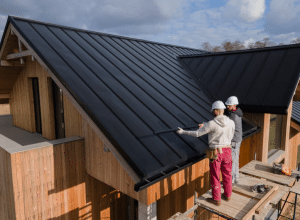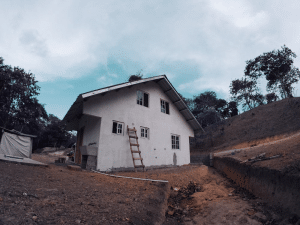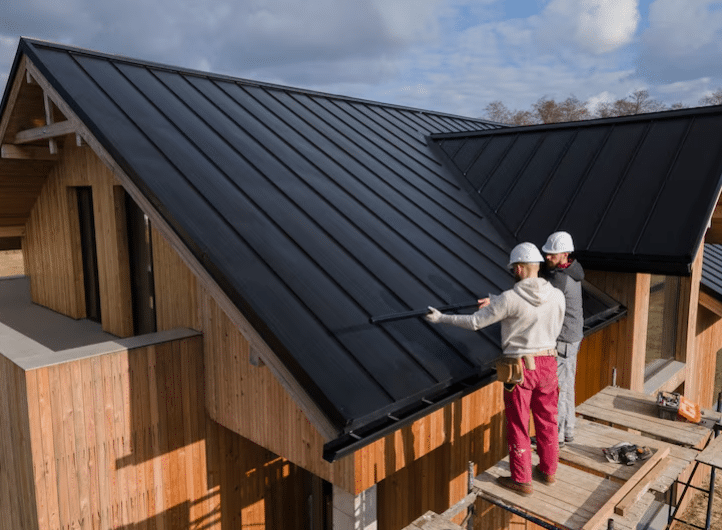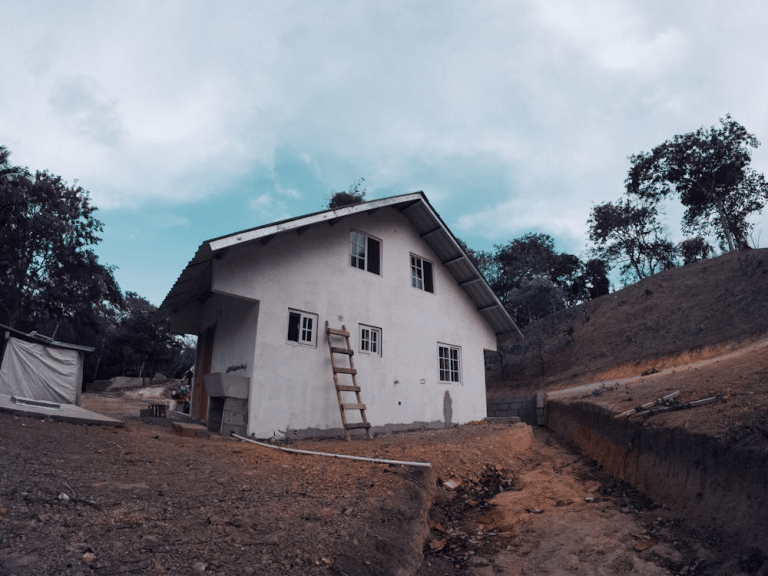Fabric breathability affects how comfortable clothing feels in any environment. It describes how well a fabric allows air and moisture to pass through, keeping the body cool in heat and dry in humidity. Fabric breathability matters in every climate because it helps regulate temperature, reduces sweat buildup, and prevents discomfort from trapped heat or moisture.
Different materials handle air and moisture in unique ways. Natural fibers like cotton and linen allow steady airflow, while modern synthetics use special weaves or coatings to balance breathability with protection. This balance determines how clothing performs during daily wear, outdoor activity, or seasonal changes.
Understanding how breathability works helps people choose fabrics that match their lifestyle and environment. Whether the goal is to stay cool during summer or comfortable under layers in winter, breathable fabrics make comfort possible year-round.
Understanding Fabric Breathability and Its Importance
Fabric breathability refers to how air and moisture move through a material. It affects temperature control, skin comfort, and how clothing performs in different climates. The right balance of airflow and moisture control helps the body stay dry and comfortable throughout the day.
Defining Breathability in Textiles
Breathability in textiles describes how easily air and water vapor pass through a fabric. A breathable fabric allows body heat and moisture to escape instead of trapping them. This exchange helps maintain a comfortable body temperature.
Natural fibers such as cotton and linen usually allow more airflow than synthetic fibers. For example, a 100% cotton bra by Q for Quinn uses organic cotton that naturally supports air circulation. This kind of material feels soft against the skin and reduces the buildup of sweat.
Fabric weave, thickness, and fiber type all affect breathability. Looser weaves let more air pass through, while tighter weaves limit airflow. Understanding these factors helps people choose fabrics that suit their activity level and environment.
How Breathability Affects Comfort and Skin Health
Breathable fabrics help prevent overheating and irritation. They let moisture escape quickly, which keeps the skin dry and reduces friction. This makes them especially useful for people with sensitive skin or those who spend long hours in warm conditions.
Poorly breathable fabrics trap sweat and heat, which can lead to rashes or discomfort. In contrast, materials that allow air movement reduce the chance of bacterial growth caused by dampness. This supports healthier skin and a fresher feel throughout the day.
Lightweight, soft fabrics like cotton or bamboo blends often provide a good mix of comfort and breathability. They also help maintain a steady body temperature, making them suitable for both indoor and outdoor wear.
The Role of Airflow and Moisture Management
Airflow and moisture control work together to create a comfortable microclimate between the skin and the fabric. Airflow allows heat to escape, while moisture management moves sweat away from the body. This process prevents that sticky feeling that can occur after physical activity.
Moisture-wicking fabrics use special fibers or coatings to pull water from the skin’s surface to the outer layer, where it can evaporate. Natural fibers like cotton absorb moisture, while advanced synthetics push it outward more efficiently. The right material choice depends on activity type and personal preference.
Balanced airflow and moisture control help the body stay cool in heat and dry in humidity. This balance is the main reason breathable fabrics feel comfortable across many situations.
Impact of Breathability in Different Climates
Breathability plays a different role depending on the climate. In hot weather, it allows sweat to evaporate, which cools the body naturally. Fabrics like linen and cotton perform well in these conditions because they let air move freely.
In cooler climates, breathable layers help manage body heat without trapping moisture. This prevents dampness inside clothing, which can make a person feel cold. Many outdoor garments now combine breathable membranes with insulation to balance warmth and ventilation.
Humidity also affects how fabrics perform. In humid areas, breathable materials dry faster and reduce that heavy, sticky sensation. In dry regions, they help maintain comfort by allowing gentle air exchange without losing too much warmth.
Key Factors and Technologies Influencing Breathable Fabrics
Fabric breathability depends on how air and moisture move through the material. The main influences include fiber type, weave pattern, and surface treatments that manage moisture and airflow across different environments.
Fabric Structure, Weave, and Air Permeability
The structure of a fabric determines how easily air can pass through it. Looser weaves allow more airflow, while tighter weaves restrict movement of air and moisture. For example, linen and cotton fabric usually have open weaves that feel cooler in warm weather.
Weave type also affects durability and comfort. Plain weaves allow steady airflow, while twill or satin weaves feel smoother but limit ventilation. Polyester mesh and other porous textiles use engineered gaps to improve air permeability for sportswear and outdoor apparel.
Fabric thickness plays a large role as well. Thinner materials let air circulate freely, which helps regulate temperature. Heavier textiles, often used in workwear, reduce airflow but provide protection from wind and abrasion. Designers balance these factors to maintain comfort across climates.
Natural and Synthetic Fiber Types
Different fibers manage moisture and air in unique ways. Natural fibers like cotton, linen, wool, silk, bamboo fabric, and lyocell absorb moisture and allow air to pass through. Cotton and linen perform well in hot climates, while wool regulates warmth in cooler conditions.
Synthetic fibers such as polyester, nylon, and spandex blends resist water and dry faster. Polyester mesh and nylon fabrics are common in activewear because they move sweat away from the skin. However, they can trap heat if the weave is too dense.
Blended fabrics combine the best traits of each type. For instance, cotton-polyester blends balance softness and quick drying, making them suitable for casual wear and outdoor gear. Sustainable fashion now includes regenerated fibers like lyocell that offer both breathability and lower environmental impact.
Advanced Materials and Finishing Techniques
Modern textiles use specialized coatings and treatments to control moisture and airflow. Hydrophilic coatings pull sweat away from the skin, while water-resistant finishes prevent external moisture from entering. This balance allows breathable fabrics to stay dry without sacrificing comfort.
Moisture-wicking treatments are common in activewear and outdoor apparel. They move sweat to the outer surface, where it evaporates quickly. Some fabrics include odor control finishes that reduce bacteria growth during long wear.
Innovative materials such as laminated membranes and micro-porous layers, similar to those used in waterproof-breathable textiles, maintain airflow while blocking rain. These technologies appear in sportswear, workwear, and outdoor gear that must handle both heat and moisture.
Testing Methods and Industry Standards
Breathability testing measures how well air and vapor pass through a fabric. Common standards include ASTM D737 and ISO 9237 for air permeability, and ASTM E96 for moisture vapor transmission. These tests provide data on how fabrics perform under controlled conditions.
Manufacturers use these results to compare materials for comfort and performance. A fabric with high air permeability feels cooler, while one with moderate vapor transmission manages sweat effectively. Both qualities matter for clothing used in varied climates.
Consistent testing also supports product labeling and consumer confidence. By following recognized standards, textile producers can design breathable fabrics that meet the needs of activewear, outdoor gear, and everyday clothing.
Conclusion
Fabric breathability affects how people feel and perform in different environments. It allows air to move through the material and helps control temperature and moisture. This balance keeps the body comfortable in both warm and cool conditions.
Natural fibers like cotton and linen allow more airflow, while some synthetics use special designs to manage sweat and heat. Each fabric type offers unique benefits based on activity level and climate.
Understanding breathability helps individuals choose clothing that supports comfort and skin health. As fabric technology advances, breathable materials continue to improve, offering better comfort across all seasons.













